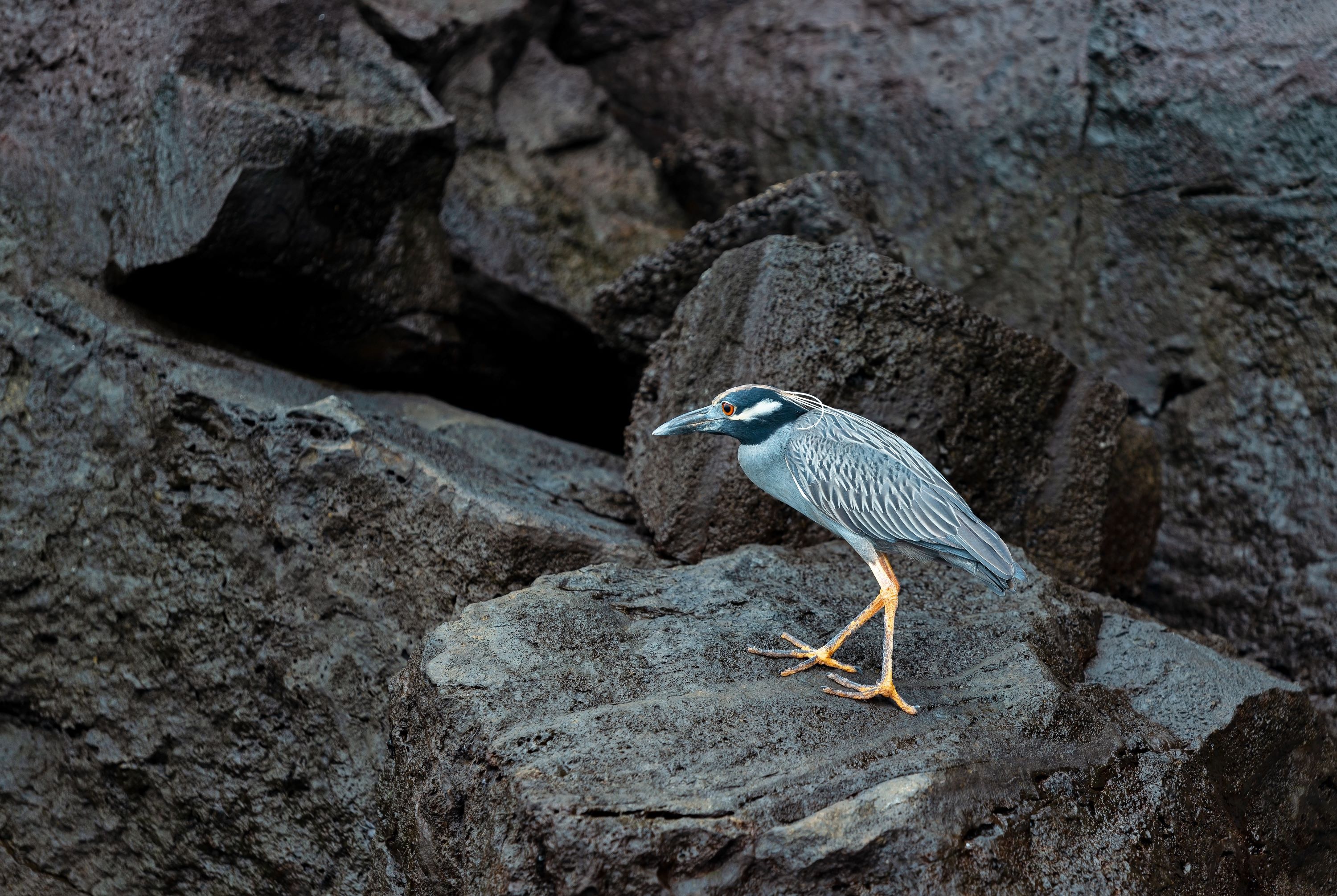
The Yellow-Crowned Night Heron: The Nocturnal Coastal Wader
Introduction to the Yellow-Crowned Night Heron
The Yellow-Crowned Night Heron, Nyctanassa violacea, is a medium-sized heron known for its nocturnal habits and striking appearance. This bird is a fascinating member of the family Ardeidae, blending seamlessly into the coastal and wetland habitats it frequents.
Physical Description
Standing about 55-70 cm tall, the Yellow-Crowned Night Heron has a stocky build with a short neck and legs. Its plumage is primarily slate gray, but its most distinguishing feature is the bold yellow crown on its head, complemented by white streaks on the face and a black bill.
Habitat and Distribution
This heron is commonly found in coastal regions of the Americas, ranging from the east coast of the United States to northern South America. It inhabits a variety of wetland environments, including marshes, estuaries, and mangroves, often near brackish or saltwater.
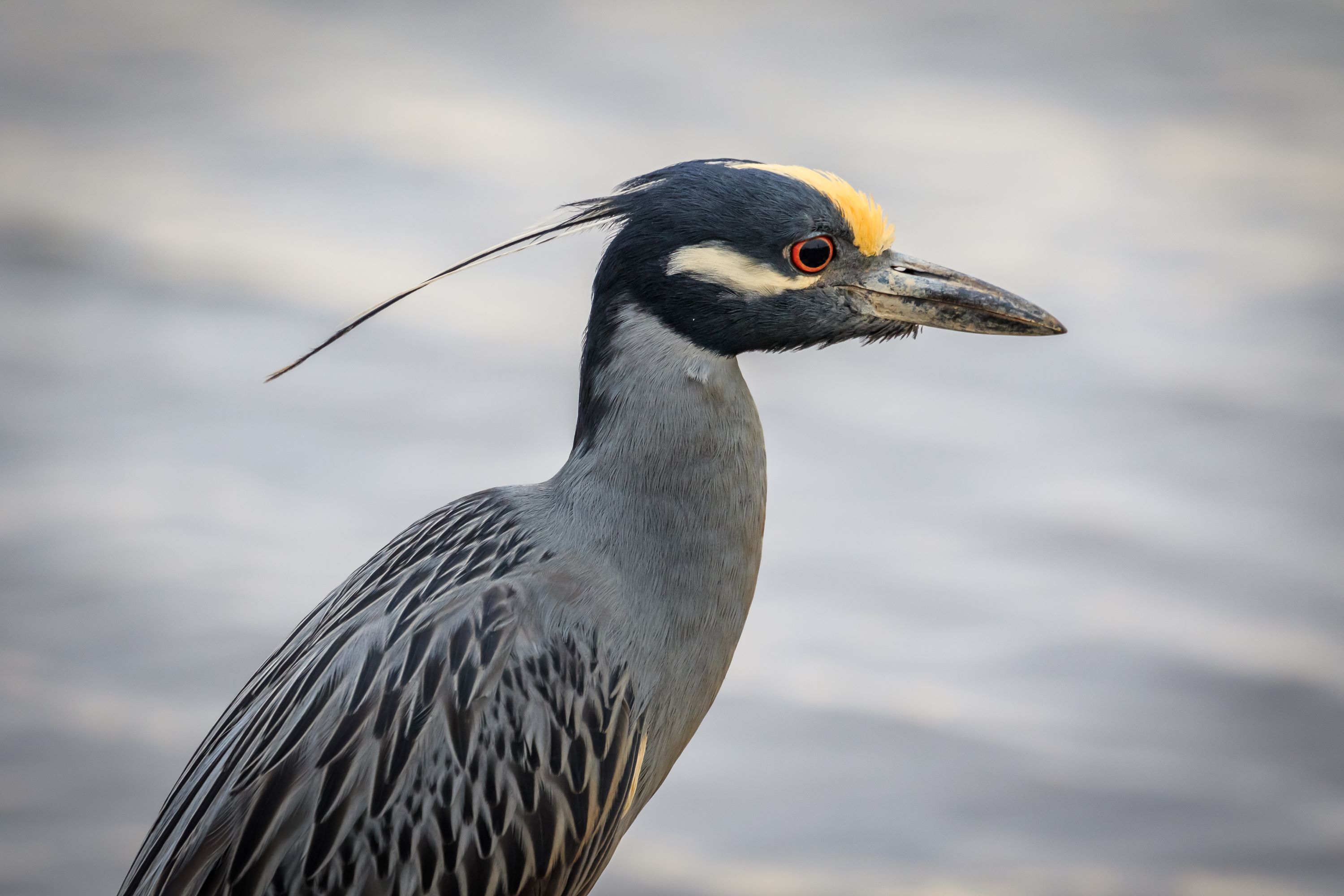
Behavior and Lifestyle
The Yellow-Crowned Night Heron is primarily nocturnal, feeding and being most active during the evening and night. During the day, it can often be found resting in trees or shrubs near water. This species is known for its solitary nature, particularly when foraging.
Feeding Habits
Its diet consists mainly of crustaceans, particularly crabs and crayfish, along with small fish, mollusks, and insects. The bird’s specialized foraging technique involves patiently waiting or slowly stalking prey before quickly striking with its bill.
Breeding and Nesting Habits
Breeding usually takes place in small colonies, although some herons may choose to nest solitarily. Nests are constructed in trees or bushes near water, using sticks and twigs, and are often reused and added to each year.
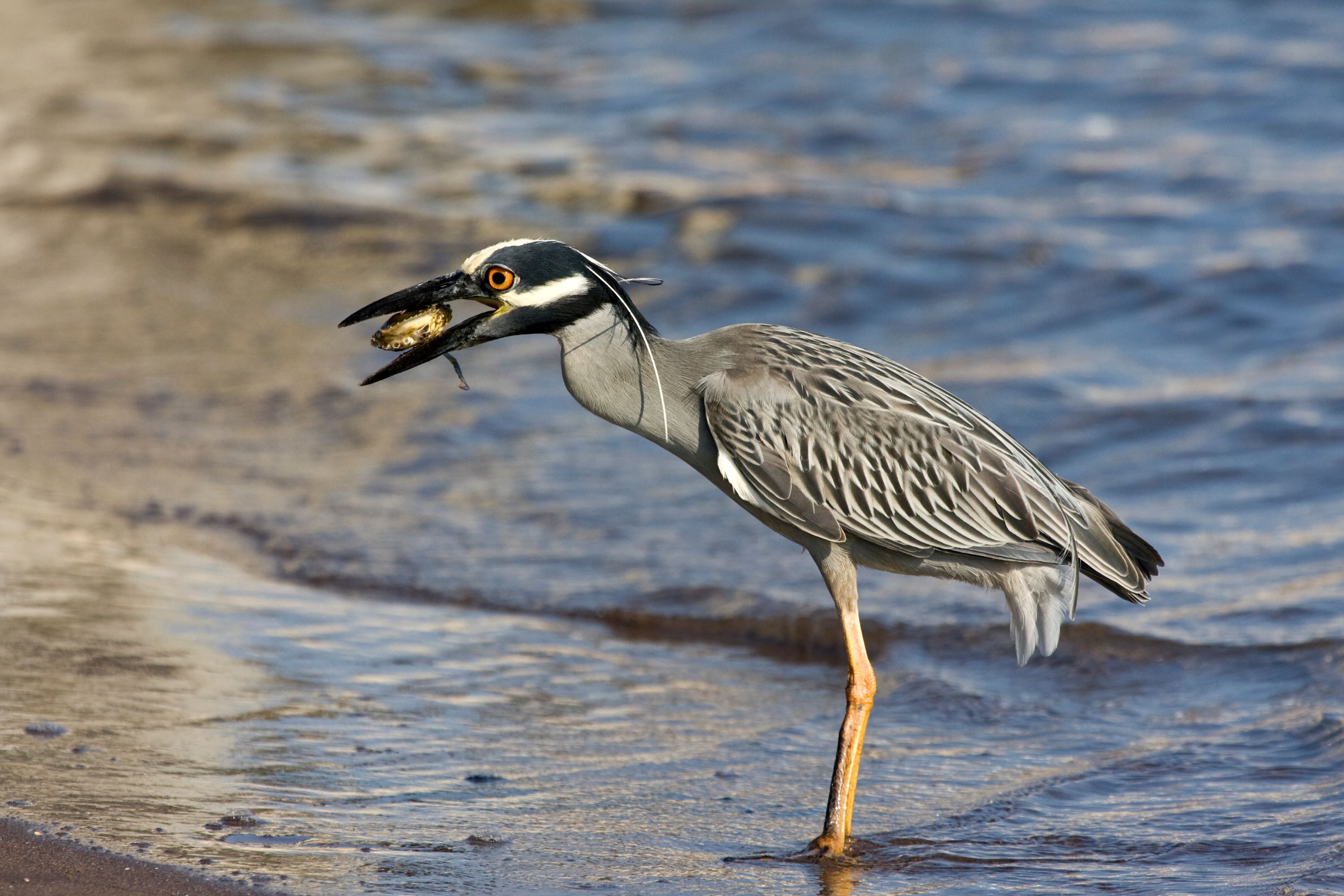
Egg Laying and Incubation
The female lays 3 to 5 pale blue-green eggs. Both parents participate in incubating the eggs, which hatch after about 21-25 days. The location of the nests in dense foliage or over water provides protection from various predators.
Chick Rearing and Parental Care
The chicks are born altricial and rely heavily on their parents for food and protection. Both parents feed the chicks, and they fledge the nest in about 6 to 7 weeks, although they may remain dependent on their parents for a short period post-fledging.
Vocalizations and Communication
While generally quiet, the Yellow-Crowned Night Heron can produce a range of sounds, especially during the breeding season. These include croaks and soft quacks used for communication within the colony and with mates.
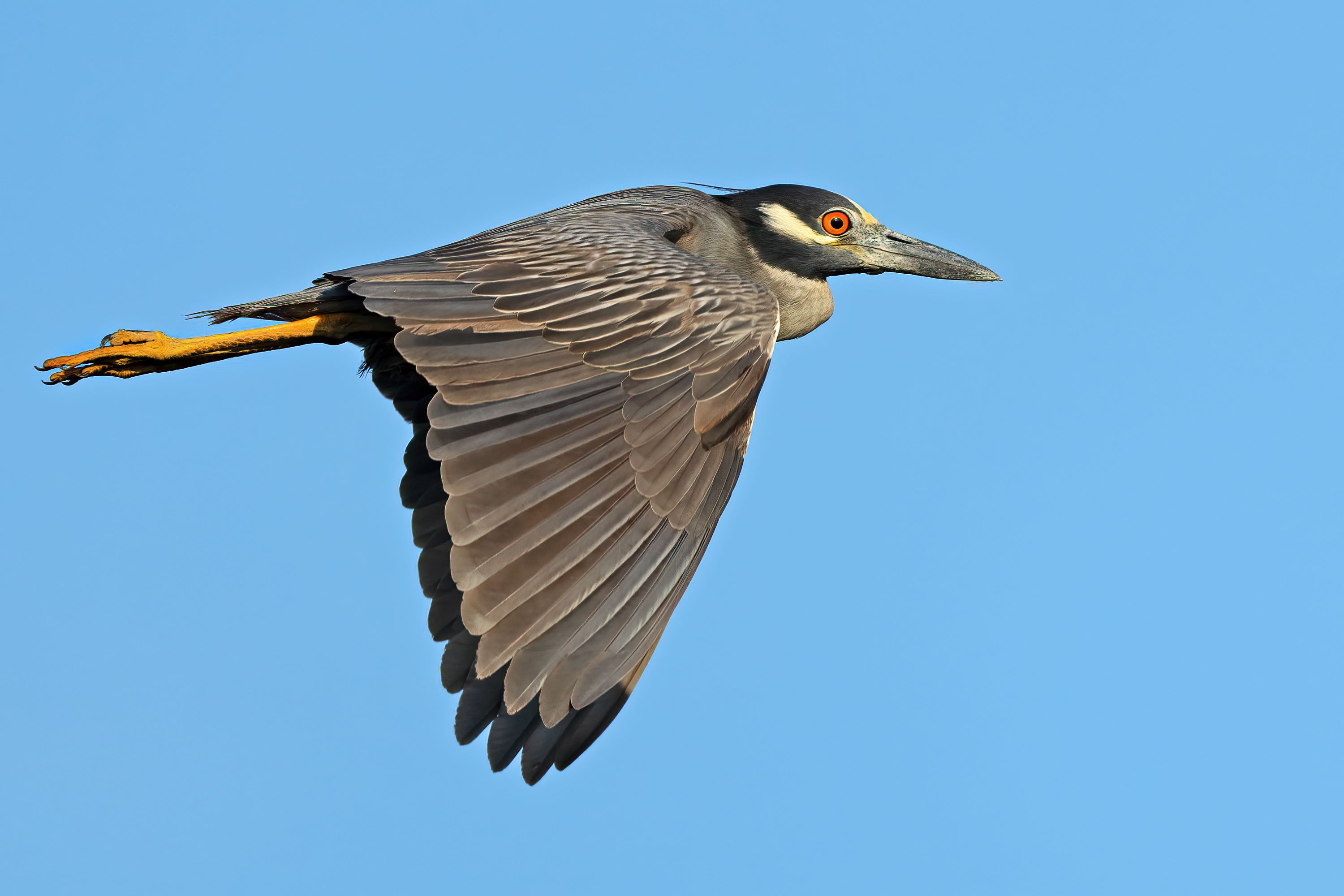
Conservation Status
The Yellow-Crowned Night Heron is currently listed as Least Concern by the IUCN. However, it faces challenges such as habitat loss and environmental pollution, particularly in coastal areas.
Similar Species and Taxonomy
Part of the order Pelecaniformes, the Yellow-Crowned Night Heron is closely related to other night herons, particularly the Black-Crowned Night Heron. It is distinguishable by its yellow crown, shorter legs, and more solitary behavior.
The Yellow-Crowned Night Heron in Utah
While the Yellow-Crowned Night Heron is primarily a coastal species, occasional sightings have been recorded in Utah, particularly in wetland areas and along rivers. Their presence in Utah is generally rare and associated with migration.
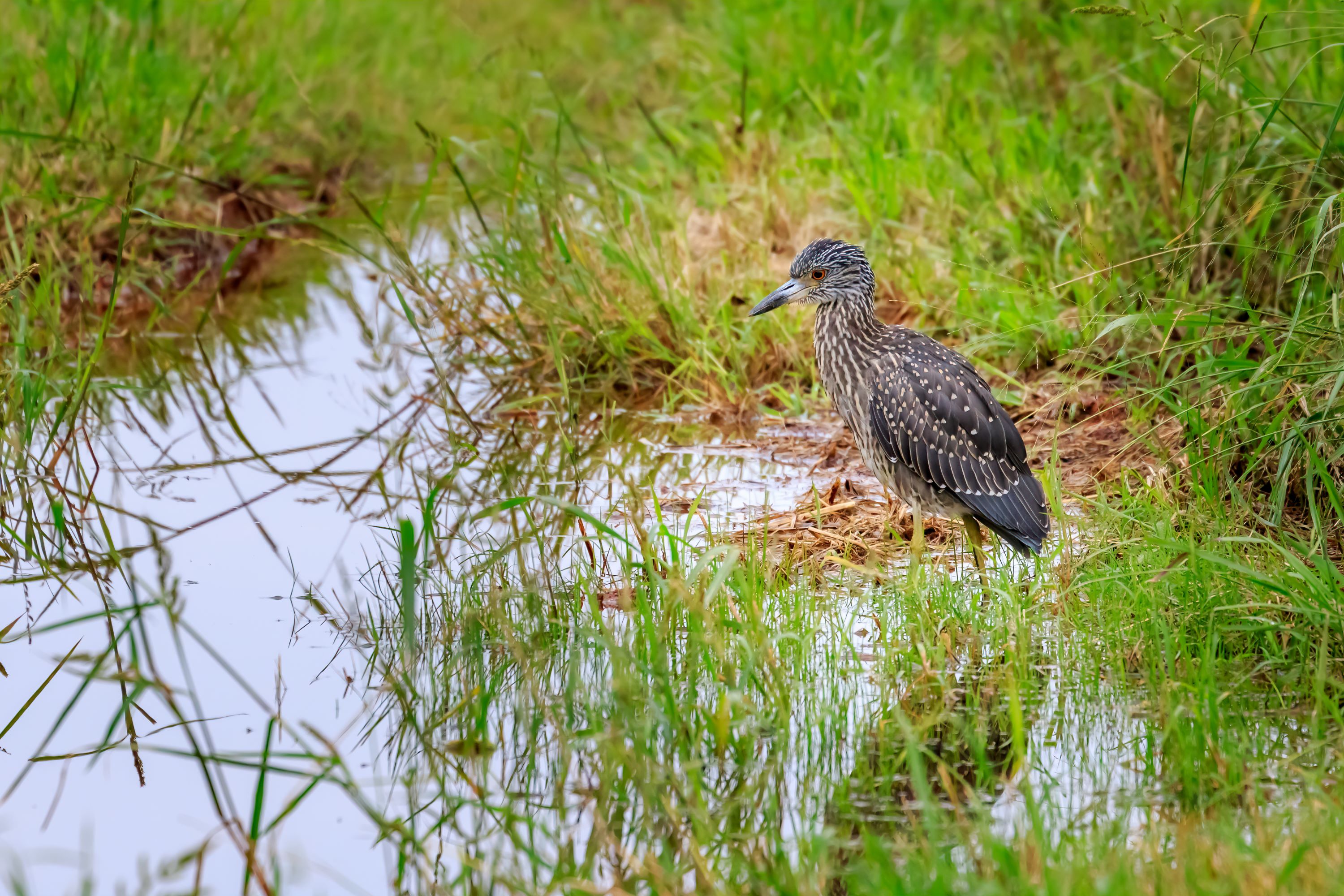
Conclusion
The Yellow-Crowned Night Heron, Nyctanassa violacea, is an emblematic species of the American coastal and wetland ecosystems. Its unique nocturnal habits, specialized diet, and striking appearance make it an intriguing subject for birdwatchers and conservationists. Protecting the habitats of the Yellow-Crowned Night Heron is vital for maintaining the ecological balance and biodiversity of the wetlands and coastal areas it inhabits.